A Photographer Spent 18 Months Documenting an LA Psychiatric Hospital in the 1970s
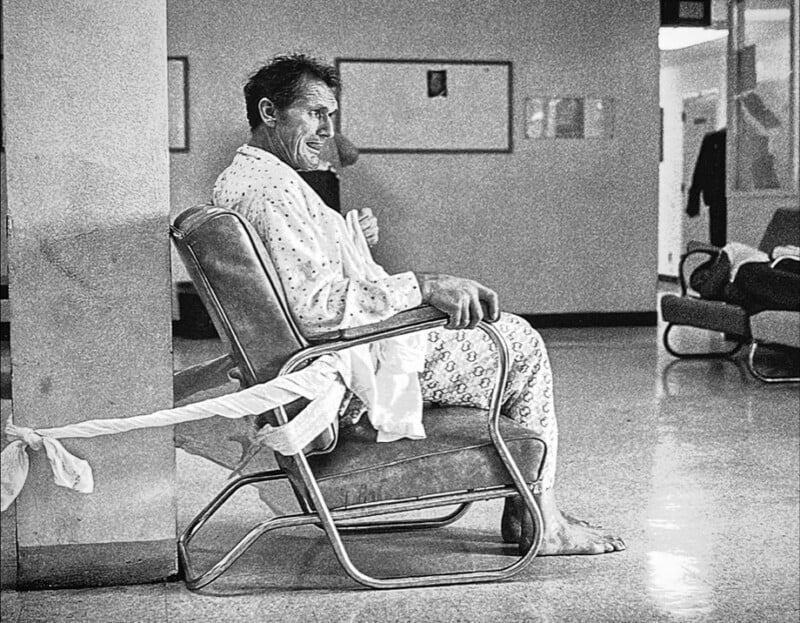
In 1979, photographer Merrick Morton (@merrickmortonphoto) received a California state grant to document the Volunteer Program at a psychiatric hospital in Los Angeles, a project that led him to return again and again over the next year and a half.
Warning: Some of Morton’s photos are distressing. Viewer discretion is advised.
Morton’s brief was to capture a series of photos that could be used in a “slide presentation” — a PowerPoint in today’s parlance — that could be used to recruit members of the public willing to spend time with the patients for socialization purposes.
The facility Morton was assigned was the Metropolitan State Hospital in the city of Norwalk, Los Angeles County. It opened in 1916 and still operates today — although parts of it has fallen into disrepair.
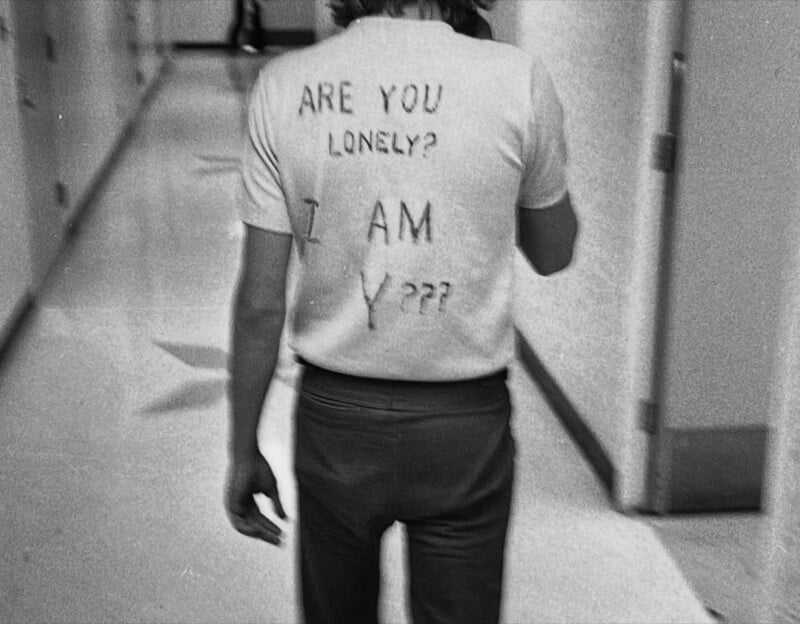
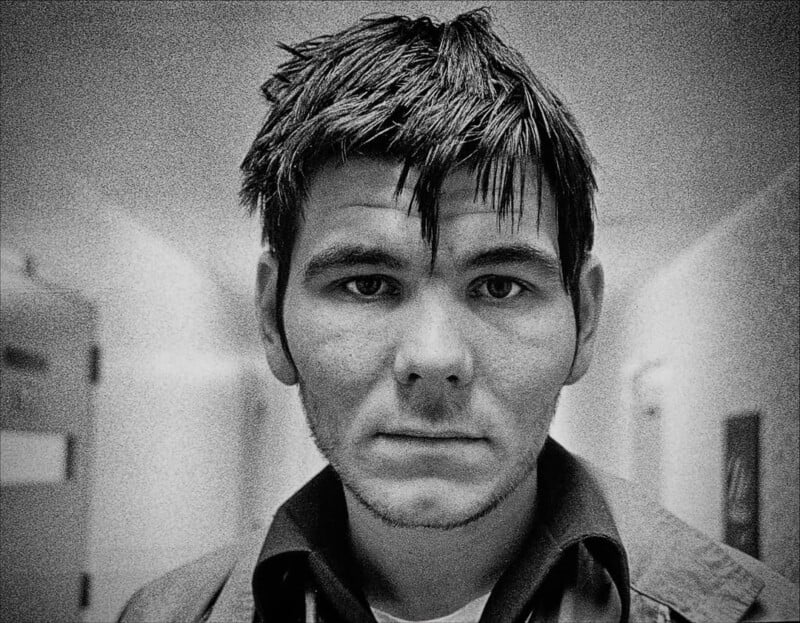
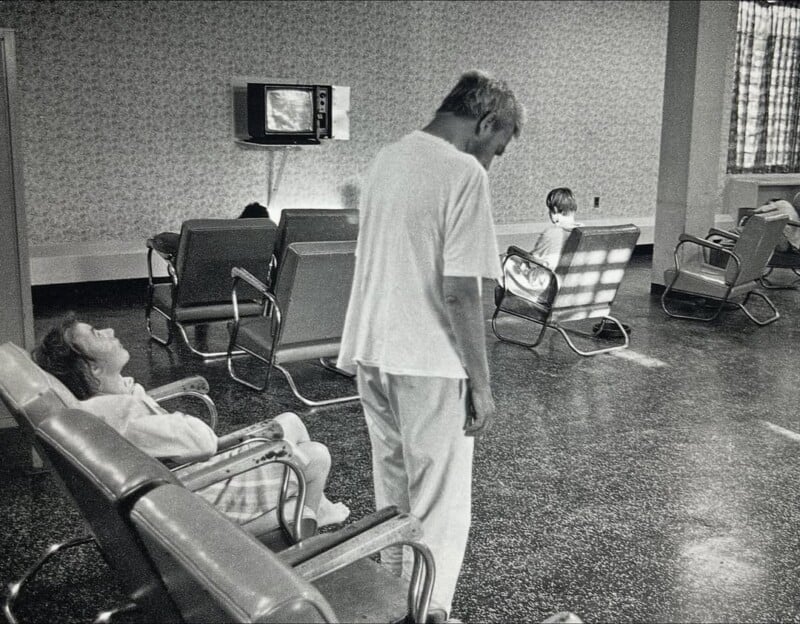
Morton tells PetaPixel that the project was supposed to be for a period of three to four weeks, in which time he would photograph patients, staff, and volunteers. But he wound up hanging around for a lot longer.
“I was issued a passkey to both chronic and acute locked wards,” Morton explains. “I mainly photographed on the weekends when the admin offices were closed.”
The photographer says he “became lost in the system” and extended his documentation of the hospital to a year and a half, without the main office finding out.
“They became aware of me on a Sunday when certain staff did not know me, and notified the administration,” Morton says. “Throughout my stay, I became friends with both the staff and certain patients.”

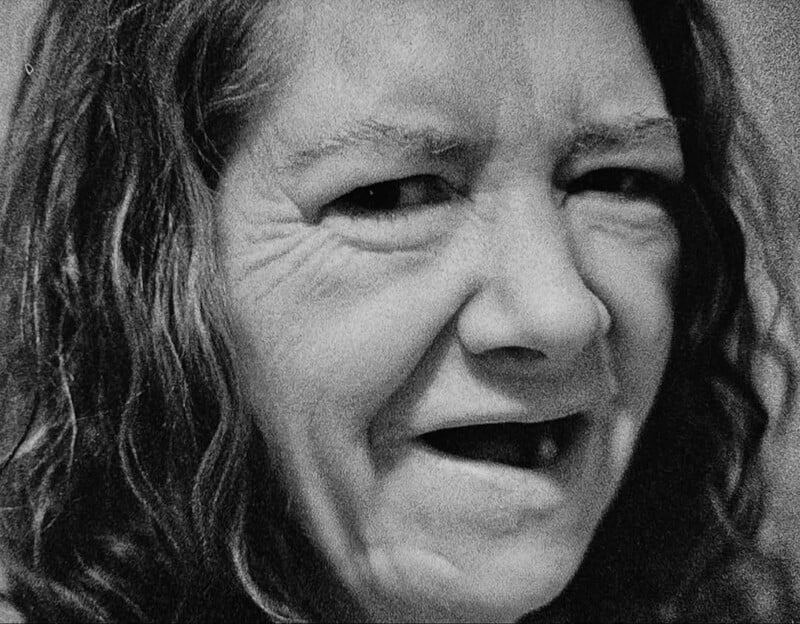
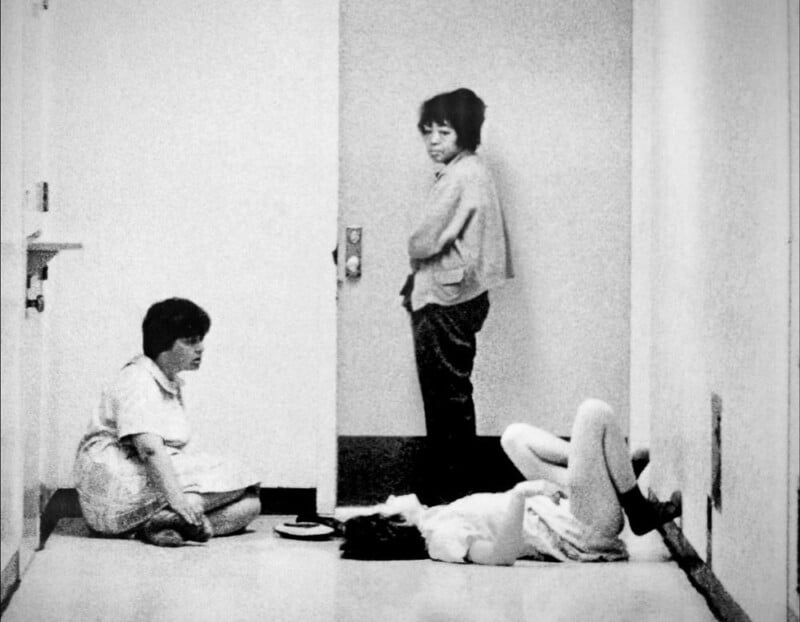
Morton recently shared the photos on his Instagram page where they received high praise, mixed with sadness. “Life isn’t always a bowl of cherries,” writes one person.
Morton reflects that “in an odd way,” the ward’s inpatients and staff became family to him over the course of 18 months. “I was allowed to capture pain and joy, often with a sense of humor that flowed within these walls,” he adds.
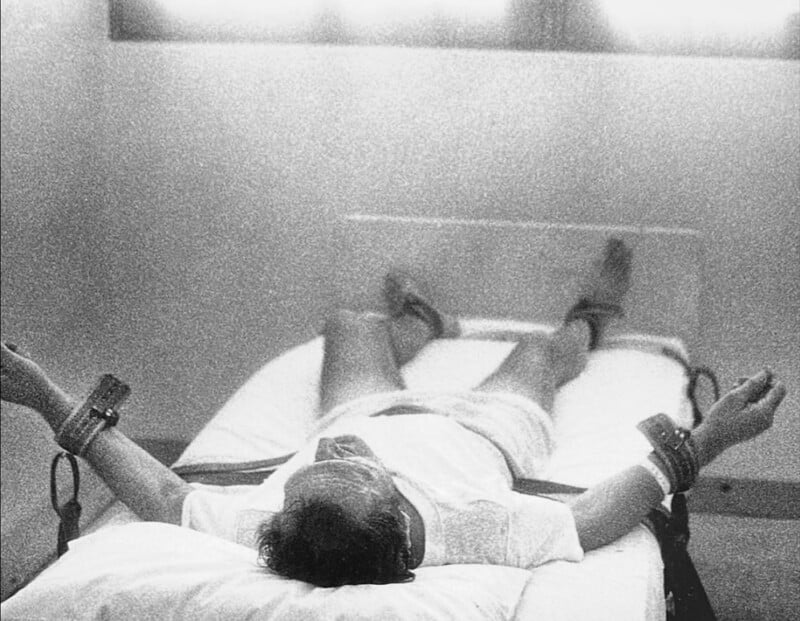
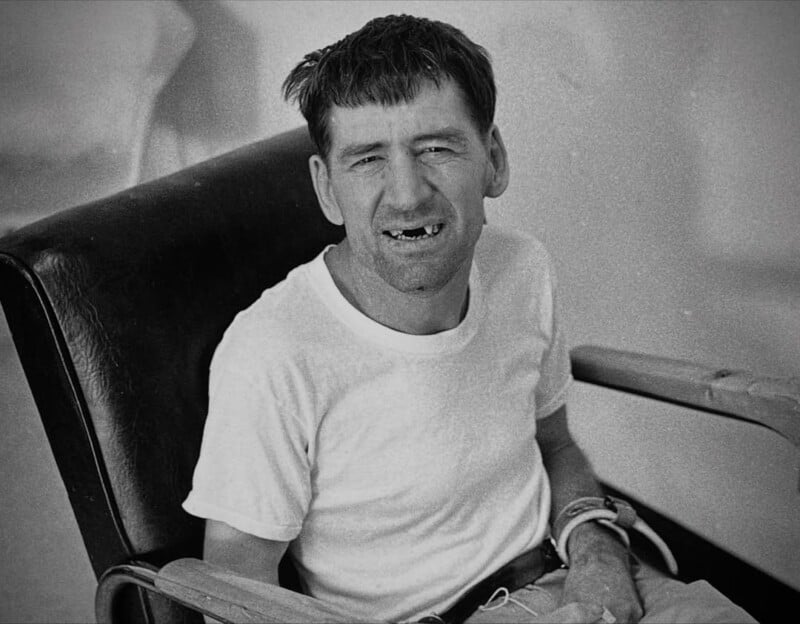
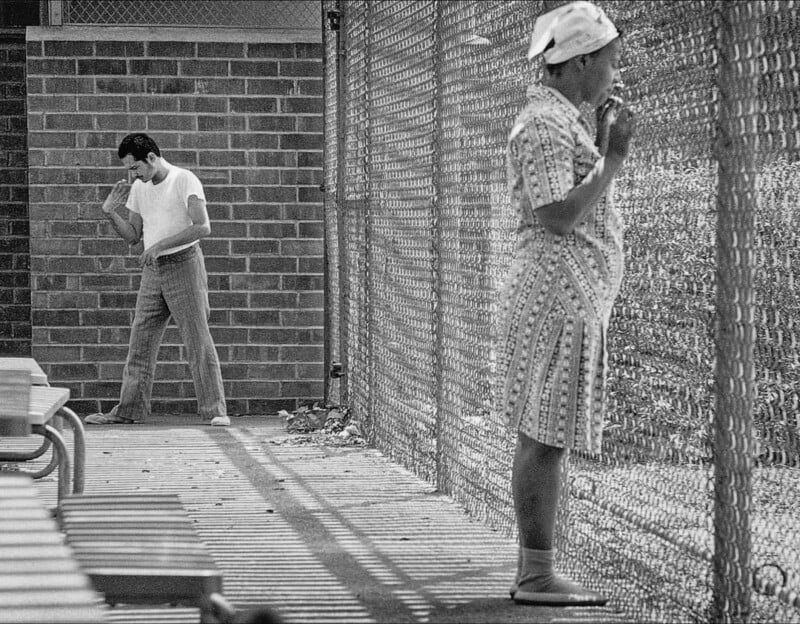
Around the same time Morton visited, a groundbreaking documentary called Hurry Tomorrow (1975) filmed at Norwalk caused a stir after it depicted patients being overly-drugged. But conditions have vastly improved at the Metropolitan State Hospital since then.
Morton is one of LA’s finest photographers who, as well as taking stills for motion pictures, has documented the lives of Mexican-American mobsters. He also founded Fototeka, which gained access to the LAPD photo archives. His Instagram page is well worth a follow.
Image credits: Photographs by Merrick Morton